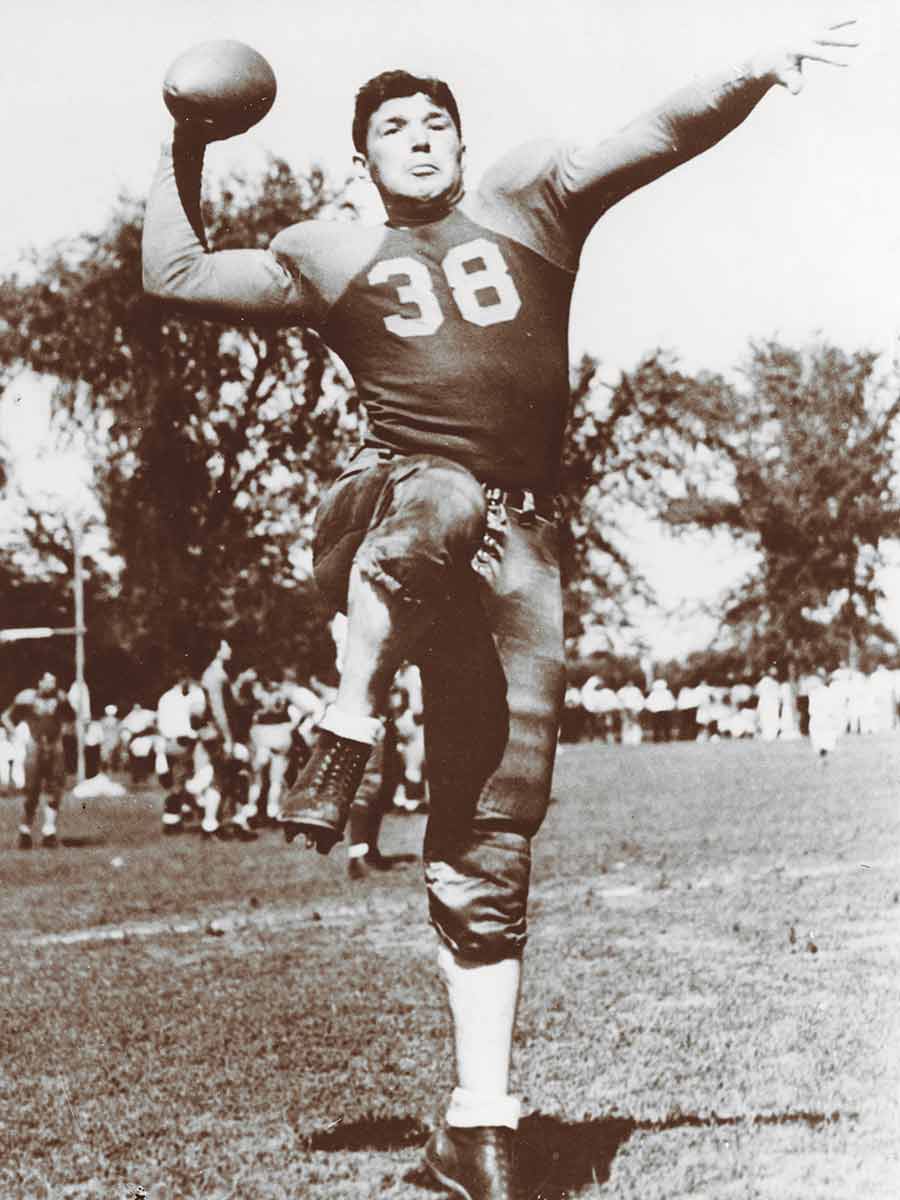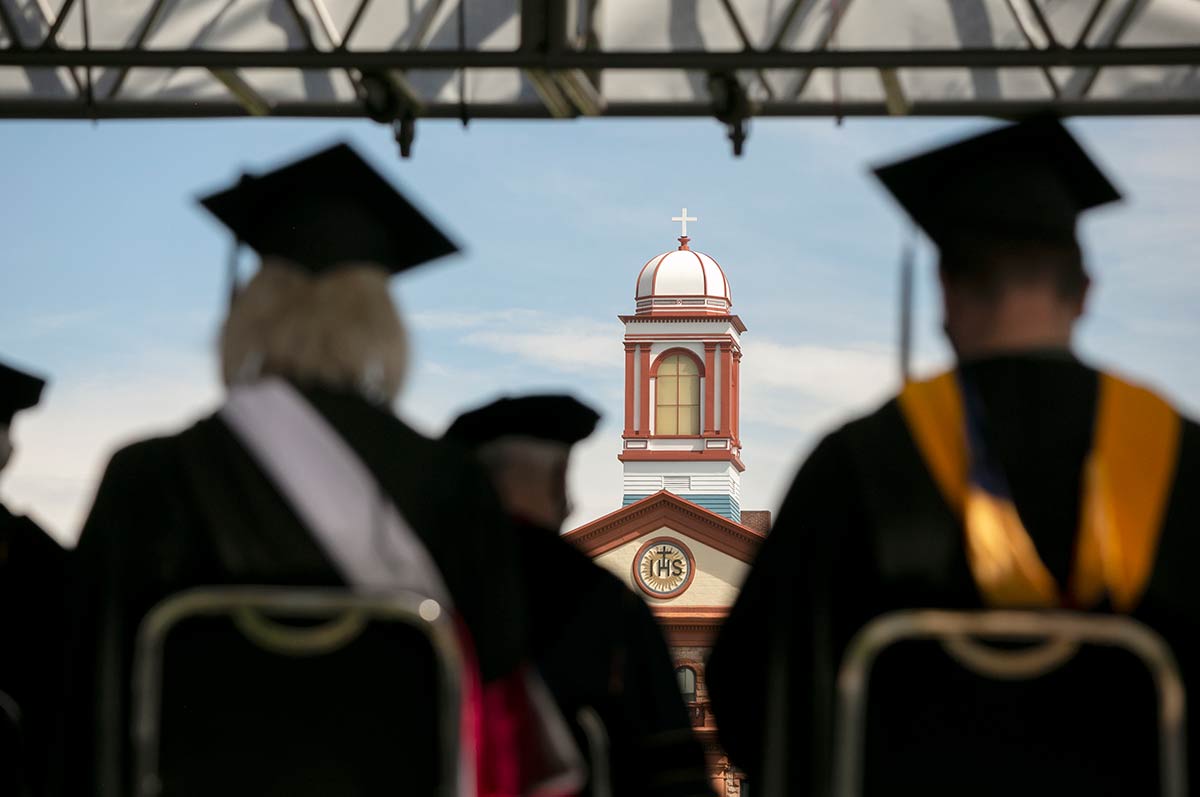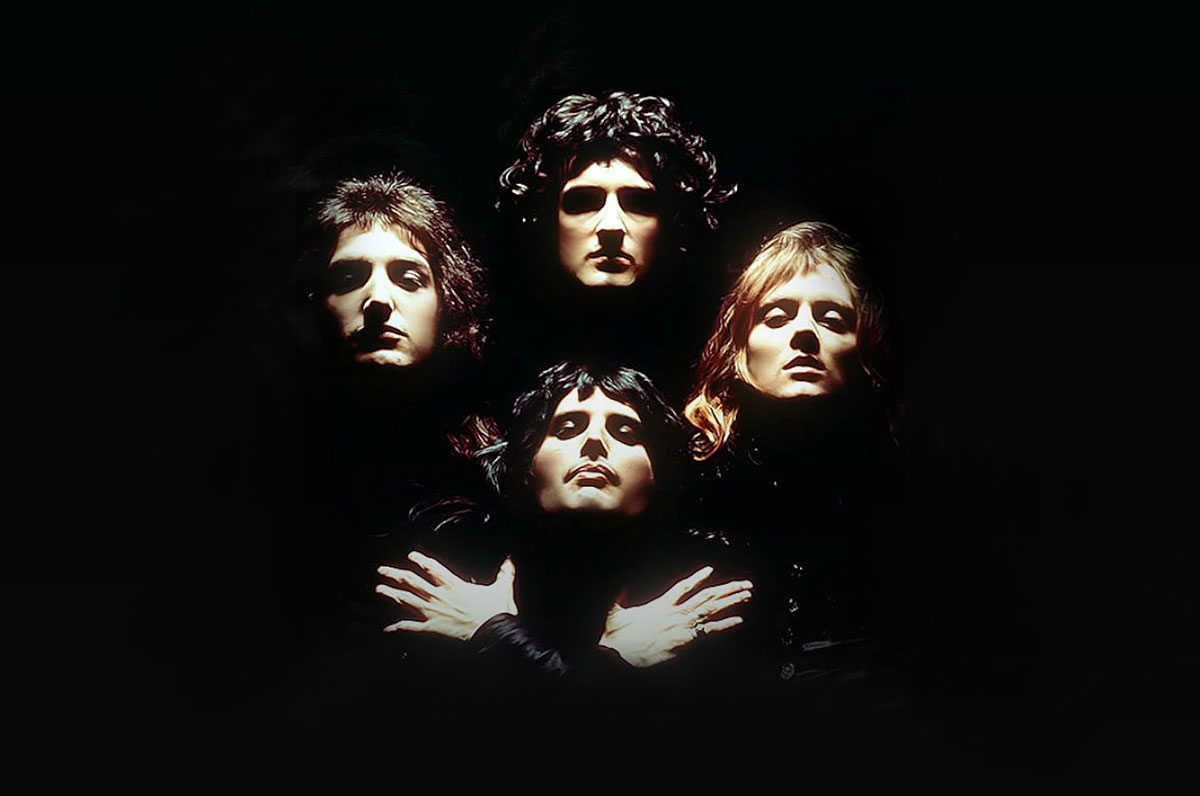Kid in the Hall: How Arnie Herber got his start at Regis University
The player who went from the Regis backfield to gridiron greatness
There probably aren’t a lot of people around who remember that Regis once had a football team, and a pretty decent one at that. Fewer still would know that one of the guys who patrolled the Ranger gridiron is now in the Pro Football Hall of Fame. That guy’s name was Arnie Herber.
Herber made his mark in one memorable season at Regis — 1929. From there, he went on to play 13 years with the Green Bay Packers, where he won championships and set passing records (mostly passing from the halfback position) that lasted a decade. He was named to All-Pro teams as a passer and a punter and then, when World War II depleted football ranks, came out of retirement to call signals for the New York Giants for another two years. In 1966, more than 35 years after he put on a Rangers uniform, and nearly three decades after Regis’ last football team hung up their cleats, Herber was part of the fourth class inducted into the Hall of Fame.
A sportswriter who had known Herber at West Green Bay High School in Wisconsin wrote that “I have never seen [an athlete] on whom nature had showered so many of its gifts.” That same writer recalled that Herber was almost equally admired for his talent on the field and feared for his towel-snapping proficiency in the locker room.
It’s not clear how Herber, born and raised in Green Bay, Wisc., made his way to Regis after starring in football and basketball in high school and playing his freshman year at the University of Wisconsin-Madison. But it’s safe to assume the 19-year-old newlywed (he’d married Lois Lefevre a year earlier) didn’t travel to the Rocky Mountains for Regis’ well-regarded science program. More likely, it was Regis’ fiery young head coach, Red Strader, that attracted him. Regis gave Strader, a former college player, his first coaching job. He would go on to coach the New York Yankees pro football team and the San Francisco ’49ers. Strader’s Ranger teams posted winning records in all but one of his three seasons at Regis.
The quality and direction of Herber’s scholarship at Regis has been lost to time. Still, Herber’s prowess was evident to the scribes at The Brown and Gold student newspaper. In the October 15, 1929 issue, a writer recounted that the Regis Razzers, the official fan group “numbering about 100, motored to Boulder … to form the cheering section,” for a game between Regis and the University of Colorado.
With Razzers in the stands doing whatever Razzers do, Herber carried the ball several times “to within scoring distance,” tossed a touchdown pass that was called back, and got off at least one 70-yard punt. Although the Rangers lost 27-13, The Brown and Gold pronounced that “Herber’s remarkable all-around play” kept them in the game.
In the same issue, another Brown and Gold writer rhapsodized about the growing popularity and potential of Regis football: “… Regis is not only being recognized but is now as good a drawing card as any other team in the Rocky Mountain region.”
With a new stadium and “a team of great fame which plays before great crowds,” the writer continued, it was just a matter of time, he was certain, before Regis becomes “The Notre Dame of the West.”
By the next year, Herber had taken his talents back to Wisconsin and gotten a job as a handyman for the Green Bay Packers. Soon the Great Depression would knock the Regis football team to the sidelines for several seasons before it finally became a casualty of World War II’s insatiable demand for young men.
Herber’s career is all the more remarkable considering that when he was born, in 1910, the National Football League didn’t exist.
Most sports historians trace the origins of professional football —the amateur sport started on college campuses — to 1892, when the Allegheny Athletic Association paid former Yale star William “Pudge” Heffelfinger $500 to play in a single game. That seems more an unsportsmanlike fluke born of the Pittsburgh team’s desire to defeat its crosstown rival than the origin of a professional league. But the episode does provide an opportunity to use the words “Pudge Heffelfinger.”
In the early part of the 20th century, a dozen or so professional teams sprang up, but the league wouldn’t come to be until October 17, 1920. Then, the Hall of Fame website reports, a group of men gathered in Canton, Ohio, at the Hupmobile dealership of Ralph Hay, owner of the Canton Bulldogs. The meeting produced what became the National Football League, along with the answer to the enduring question: “Why is the Hall of Fame in Canton, Ohio?” (For those not well-acquainted with early 20th century transportation, the Hupp Motor Car Co. produced Hupmobiles between 1909 and 1939. The light, nimble cars were, according to the Journal of Antiques & Collectibles, “a favorite among women and police officers.”)
By 1930, when Curly Lambeau gave the Packers’ burly handyman a tryout — there was no draft then, no opportunities to boo the commissioner, no cameras pointed in the faces of anxious young men waiting to hear their name called — the NFL consisted of 11 teams. In those days, Packers’ jerseys were dark blue, Lambeau had barely begun the coaching career that would get a storied stadium named after him and nobody had performed the Lambeau Leap.
Herber impressed Lambeau enough that he added him to a roster that included the likes of Jug Earp, Mule Wilson and Boob Darling.

The NFL didn’t start keeping statistics until 1932. Nevertheless “Herber quickly proved to be one of the best signal callers of his era,” according to Lombardi Ave., the Packers site on Fansided, a network of fan-centric online news and opinion. Lombardi Ave. ranks Herber 35th on its list of the 50 greatest Packers of all time. (Brett Favre nabbed the top spot.)
Those first-year, 1932 statistics show Herber was first-team pro-bowl, and led the league in pass completions, passing yards and passing touchdowns.
Herber’s stats soared starting in 1935 when Don Hutson, considered the league’s first true wide receiver, joined the Packers. The following year, Herber’s 1,239 passing yards,which netted 11 touchdowns, led a league that had started courting, but wasn’t yet fully in love with, the forward pass. The Packers went 10-1-1 that year, the league’s best record, and in the World Championship game in Green Bay’s City Stadium — no one had thought to call it a bowl or declare that it was Super — they walloped the Boston Redskins, 21-16. Amidst what has to be the all-time heyday for nicknames, Herber was named to the all-1930s team, alongside Buckets Goldenburg, Ox Emerson, Tuffy Leemans, Beattie Feathers and the immortal Bronco Nagurski.
According to Packers historian Cliff Christl, when Herber left the Packers after the 1940 season, he held the NFL record for most passing yards — 6,741 — and that number didn’t include the two years he played before anybody kept track.
In his playing days, Herber was listed as 5 feet 11 inches, same as Broncos quarterback Russell Wilson, and just 10 pounds lighter. Beyond that, Herber wouldn’t recognize much of the football that goes on today. Through the early 1940s, substitutions were mostly prohibited, there was no such thing as position specialization and players, including Herber, played multiple positions on offense and defense. They also were all white. Like other major sports leagues, the NFL effectively banned Black players. A Black man wasn’t paid to play in the NFL until 1946, when the Los Angeles Rams and the Cleveland Browns each signed two.
Black or white, players in those days weren’t in it for the money.
In 1915, the Canton Bulldogs paid Jim Thorpe, who many consider one of the greatest athletes in modern history, $250 per game. In 1937, the highest-paid football player was Slingin’ Sammy Baugh, who, according to Forbes, took home $8,000 playing quarterback for the team then known as the Washington Redskins. Low as it sounds, Baugh’s astronomic salary was more than double the average annual income among Depression-era American workers.
By 1945, when Herber retired for good, the United States had won World War II and was embarking on an era of unprecedented affluence. Pretty soon, most households would have new things called televisions and a lot of them would tune to an increasingly popular game in which helmeted men tried to move an odd-shaped ball up and down a field.
But it would still be a few decades before retiring players could count on a lucrative broadcasting contract, opportunities to hang out with Jake from State Farm or invitations to chat with the Aflac duck and Nick Saban.
So Herber did what most players of his era did after retiring — he got a job. He joined Green Bay’s local Pepsi bottling company and was sales manager and secretary treasurer when he died of cancer in 1969 at age 59.
Herber most likely could not have imagined today’s multi-million-dollar salaries, a championship game broadcast in 30 languages and Taylor-Swift-adjacent players.
He did live long enough to witness football begin its trajectory toward marquee-sport status, with the quarterback its glamourous leading man. In Herber’s final year, 1969, “Broadway” Joe Namath — he of the shocking $427,000 contract — made headlines lounging poolside, swarmed by press and uttering outrageous guarantees ahead of a three-year-old game called the Super Bowl.
Herber also lived long enough to hear his former teammate Clarke Hinkle in 1966 stand before a microphone and small crowd in Canton and call him “the most accurate long passer in the history of football,” and recount how he led the league in passing three seasons. He heard Hinkle describe a game in 1932 in which “He completed nine of 11 passes, three for touchdowns, he ran for two touchdowns, one 83 yards another 45 yards, and had six punts for an average of 65 yards.”
As Herber stood to accept the bust of him that now sits in the Hall of Fame, he was too overwhelmed to say much. The words he’d planned, he said, “are so inadequate that I don't dare say anything because the feeling in my heart, no one can ever realize how great it is.”
He probably didn’t even mind that Hinkle had called the little institution in the West where Herber tore things up 35 years earlier “St. Regis College.”



